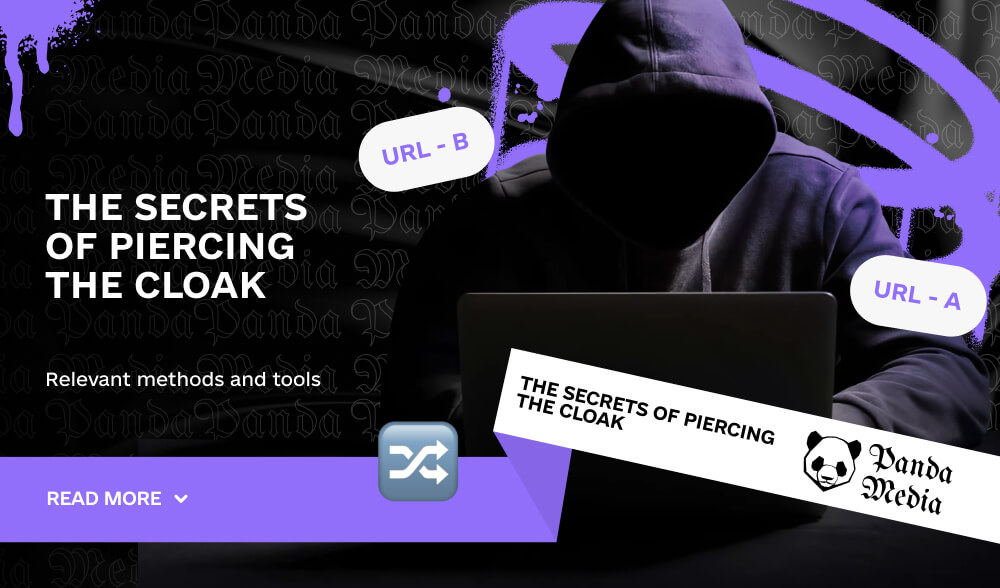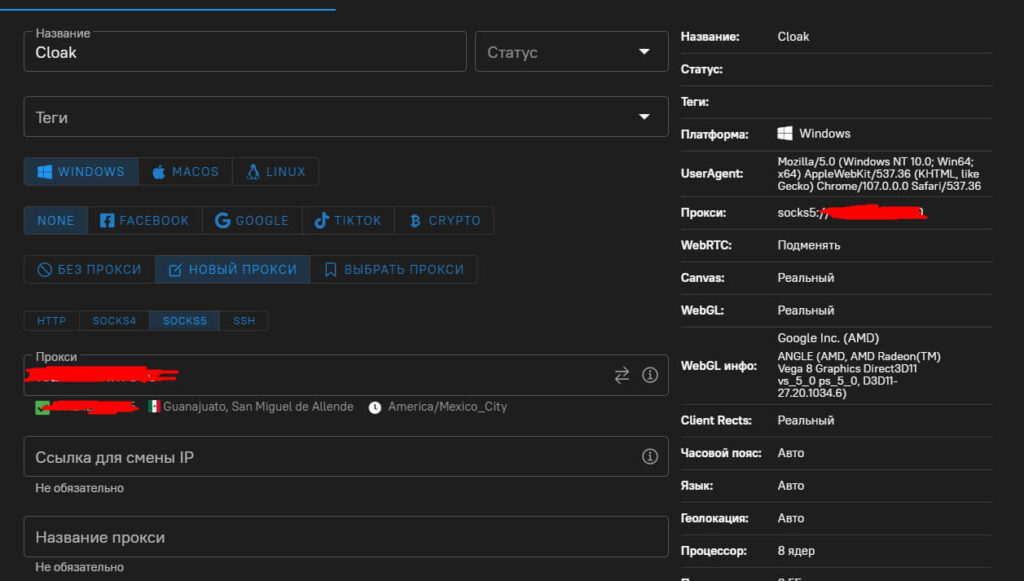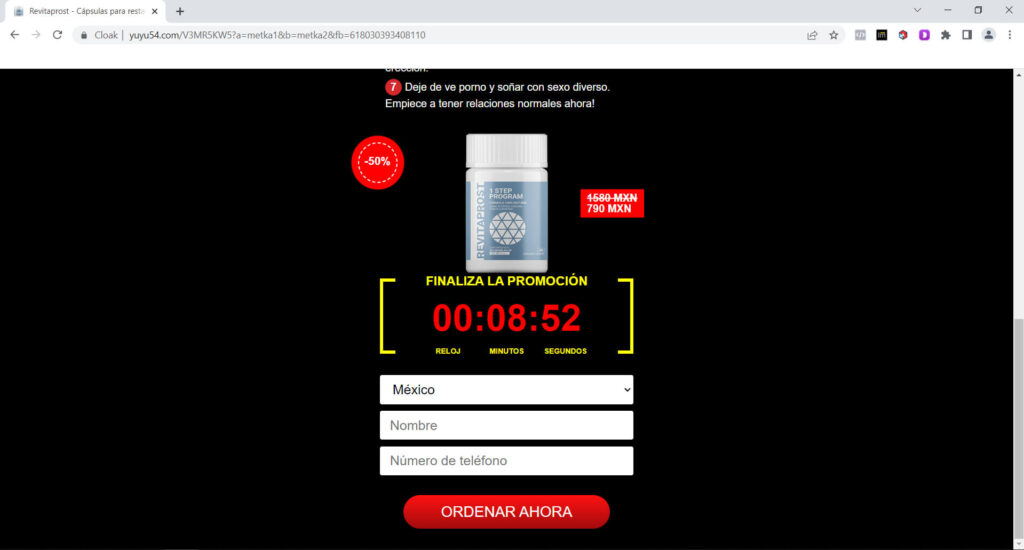Don't miss interesting news

Cloaking is a tool that allows you to show different versions of landing page content to specific groups of users.
This tool uses server-side scripts to determine the source of a request, distinguishing whether it came from a human or an automated program. The system checks the data, such as the visitor’s name or IP address, against a database of known bots and redirects them either to a user page or a special version for bots. In traffic arbitrage, a tracker such as Keitaro is often used to set up a cloak, for example.
When you need to recreate a successful competitor’s link, it is important to analyze the cloak. Using the cloak analysis and the Adheart tool, you can completely duplicate the successful landing page of your competitors. It also helps to find relevant landing pages in a particular niche.
Here is the algorithm:




If you still get the white page, try opening the link on your mobile device:
Right-click – select “View Code” – click the button – refresh the page.

If that didn’t work, there’s one more trick. Install the AdsPower anti-detection browser, create a profile with Android settings, and try to open the link again.

Using the methods described above, you will be able to detect almost all cloaks created through Keitaro. However, when it comes to cloaks from other services (such as CLOAK IT or HideClick), the probability of success will be much lower, depending on the settings set by the site owner.
If you have applied the suggested methods, but continue to see only the white page, it is likely that the site owner has simply stopped passing traffic.
But in practice, I have not yet come across someone who seriously hides their scheme from spy services.